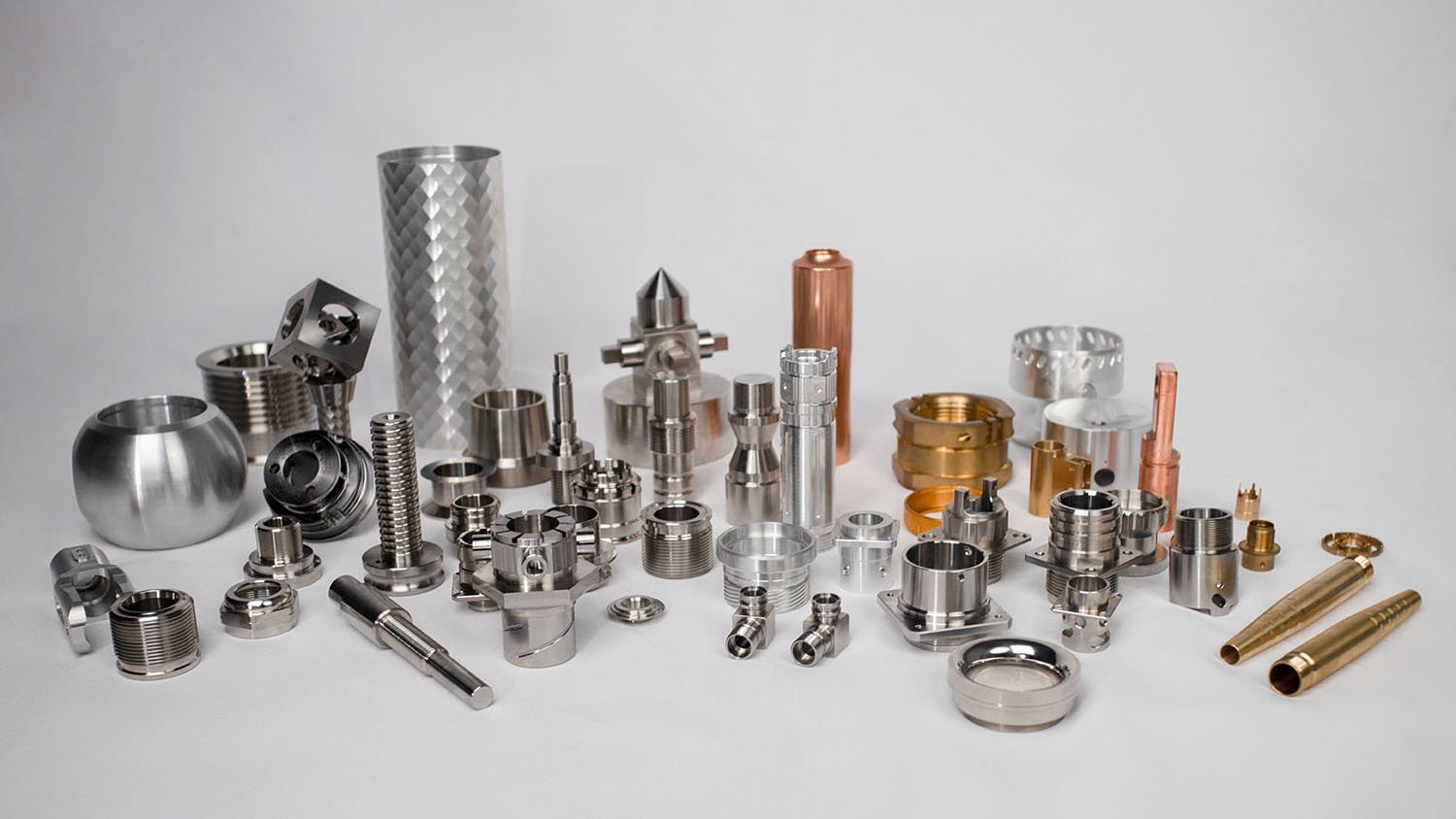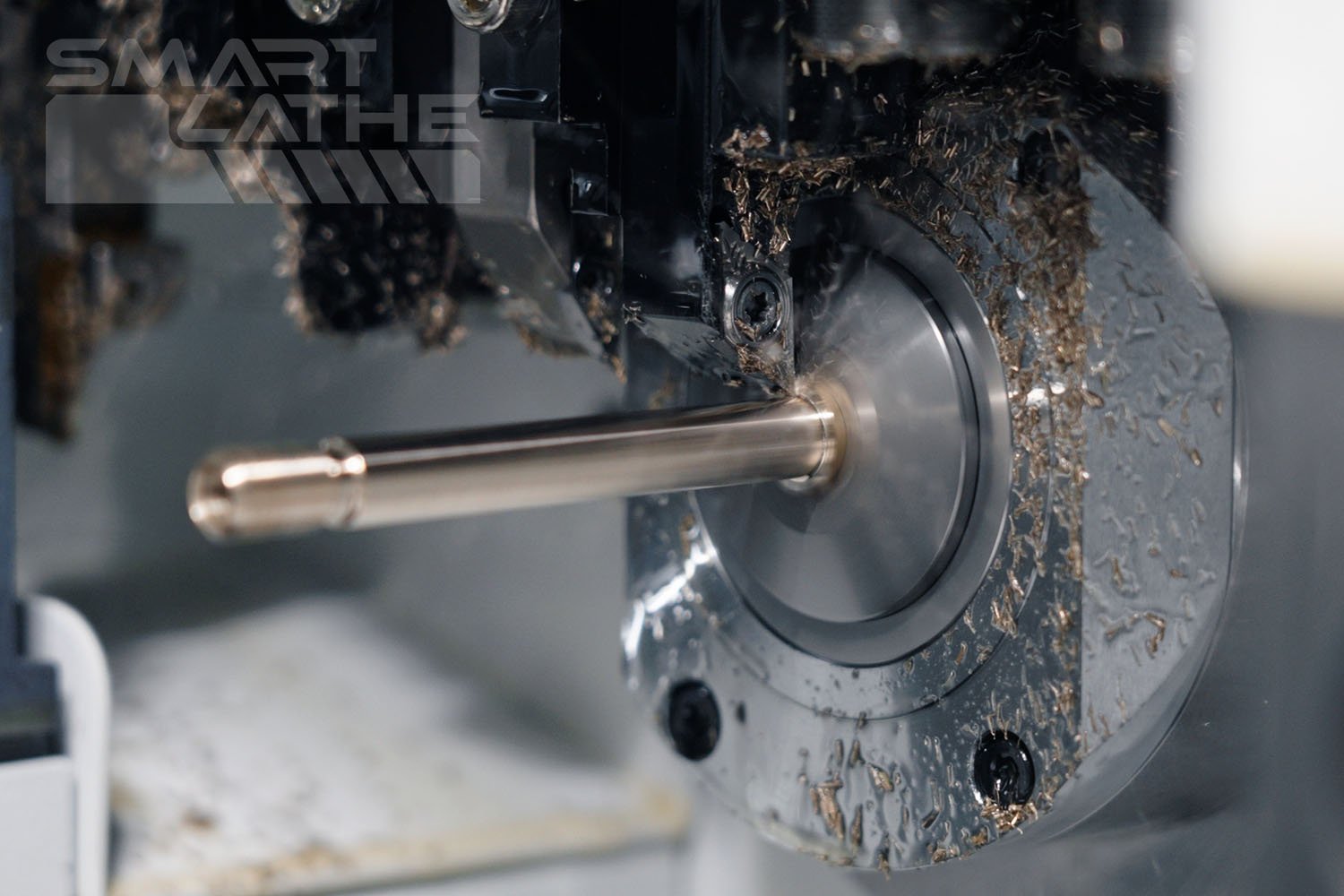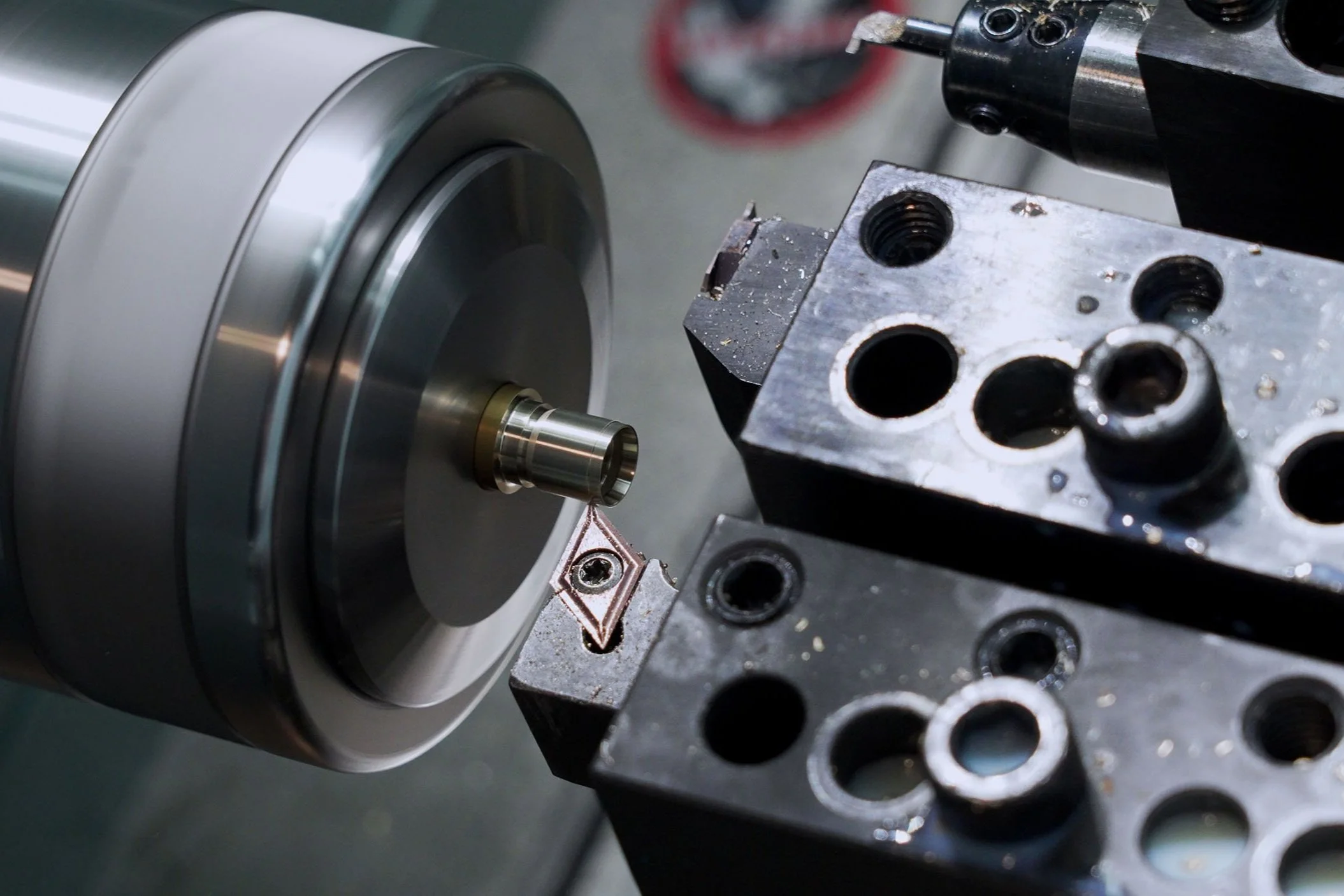A Comparative Analysis of Swiss-Type and Gang-Type CNC Lathes: Processing Examples
Swiss-type and gang-type CNC lathes are two distinct machine tools widely used in the manufacturing industry. While both offer unique advantages, they differ in terms of design, capabilities, and applications. This essay aims to provide a comprehensive comparative analysis between Swiss-type and gang-type CNC lathes, with a focus on processing examples to highlight their differences and advantages in various machining applications.
I. Machine Design and Processing Examples:
Swiss-Type CNC Lathe:
Swiss-type CNC lathes are renowned for their sliding headstock design and guide bushing, making them ideal for machining long and slender workpieces with high precision. Some common processing examples where Swiss-type lathes excel include:
Medical Components: Swiss-type lathes are widely used for manufacturing medical components like surgical screws, dental implants, and orthopedic instruments. The guide bushing ensures stability and precision during the machining of small and intricate parts.
Watch Parts: The watchmaking industry relies heavily on Swiss-type lathes to produce precise watch components such as gears, pinions, and balance wheels. The sliding headstock design allows for efficient machining of these delicate and complex parts.
Electronics: Swiss-type lathes find application in the electronics industry for producing connectors, terminals, and pins. The ability to machine long and slender workpieces with high accuracy is particularly valuable in this field.
Gang-Type CNC Lathe:
Gang-type CNC lathes, characterized by a turret-based tooling system, offer versatility in machining various workpieces simultaneously. Here are some processing examples where gang-type lathes demonstrate their strengths:
Automotive Components: Gang-type lathes are commonly used in the automotive industry for manufacturing engine shafts, pistons, and other components. The turret-based tooling system allows for efficient turning, drilling, and milling operations on these larger workpieces.
Valves and Fittings: Gang-type lathes are suitable for producing valves, fittings, and other plumbing components. The multiple tool stations enable simultaneous machining of different features, improving productivity and reducing cycle times.
Aerospace Parts: Gang-type lathes find application in aerospace manufacturing, particularly for producing components like landing gear shafts, turbine blades, and aircraft engine parts. The versatility of gang-type lathes allows for efficient machining of complex geometries and diverse materials.
II. Precision and Complexity:
Swiss-Type CNC Lathe:
The design of Swiss-type lathes, with the inclusion of a guide bushing, ensures exceptional precision and stability during machining. This makes them suitable for high-precision applications requiring tight tolerances and intricate features.
Gang-Type CNC Lathe:
While gang-type lathes can achieve good precision, their design may be better suited for less complex workpieces that do not require the same level of precision as Swiss-type lathes. However, with advanced tooling and programming techniques, gang-type lathes can still produce high-quality parts.
III. High-Speed Production and Volume:
Swiss-Type CNC Lathe:
Swiss-type lathes are capable of high-speed and high-volume production due to their multitasking capabilities. The incorporation of live tooling, sub-spindles, and back-working operations allows for simultaneous machining of multiple workpieces, reducing cycle times and increasing productivity.
Gang-Type CNC Lathe:
Gang-type lathes can also achieve high-speed production and handle larger production volumes. However, they may require additional operations or setups, which can result in longer cycle times compared to Swiss-type lathes.
IV. Surface Finish and Material Savings:
Swiss-Type CNC Lathe:
Swiss-type lathes, with their guide bushing providing stability and reduced vibrations, often result in superior surface finishes. This advantage is particularly valuable for applications in the medical, optical, and electronics industries, where high-quality surface finishes are critical. Moreover, the ability to machine close to the guide bushing allows for material savings and minimizes waste.
Gang-Type CNC Lathe:
While gang-type lathes can achieve good surface finishes, the absence of a guide bushing may result in slightly rougher surfaces. However, proper tool selection and cutting parameters can still produce satisfactory finishes. Material savings may not be as significant as with Swiss-type lathes due to the different design and machining approach.
Conclusion:
Swiss-type and gang-type CNC lathes offer distinct advantages in different machining applications. Swiss-type lathes excel in precision machining of long and slender workpieces, making them suitable for industries such as medical and watchmaking. Gang-type lathes, with their turret-based tooling system, are versatile for processing larger workpieces and find application in industries like automotive and aerospace. Understanding the strengths and capabilities of each lathe type allows manufacturers to make informed decisions based on their specific requirements, maximizing productivity and achieving desired machining outcomes.








